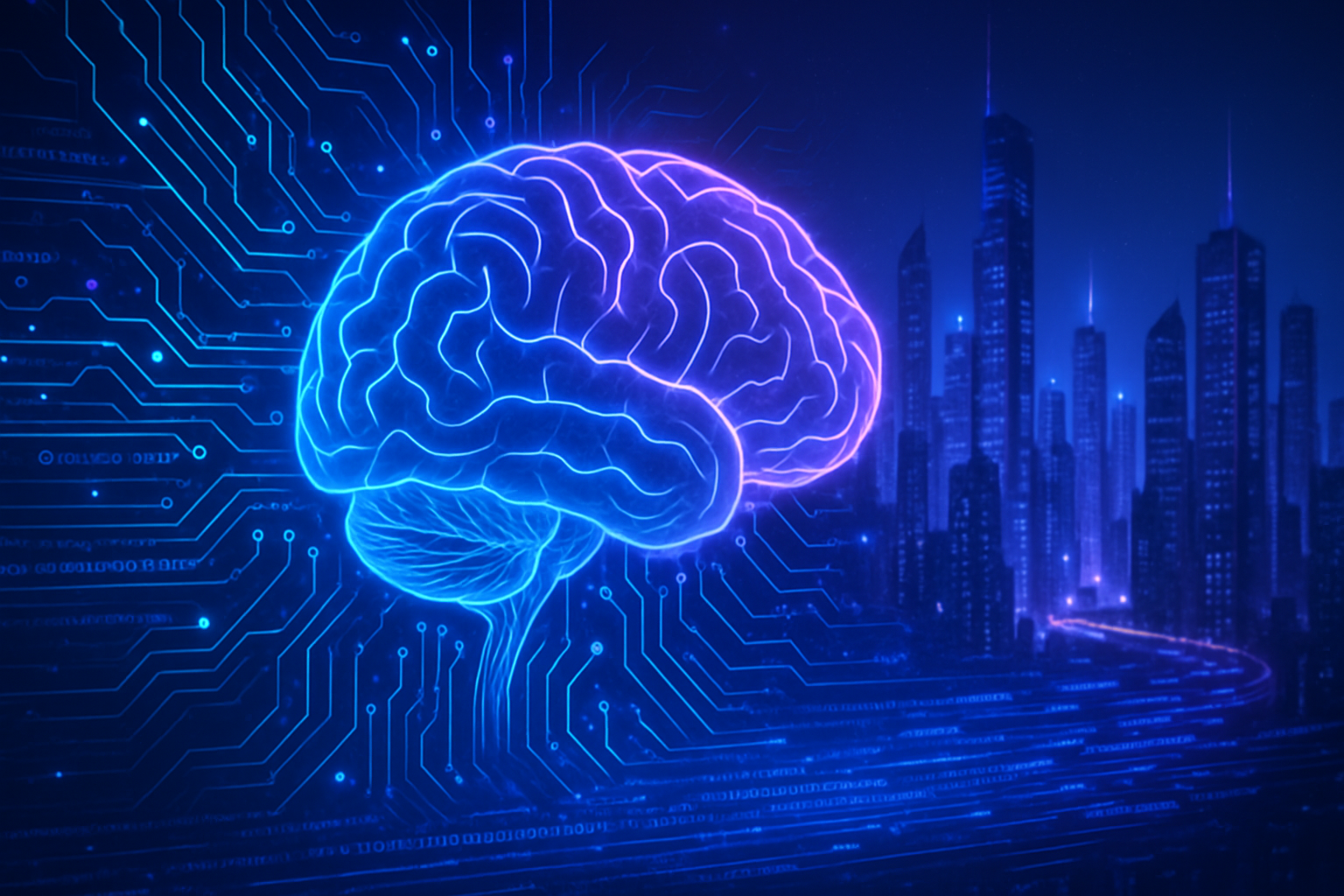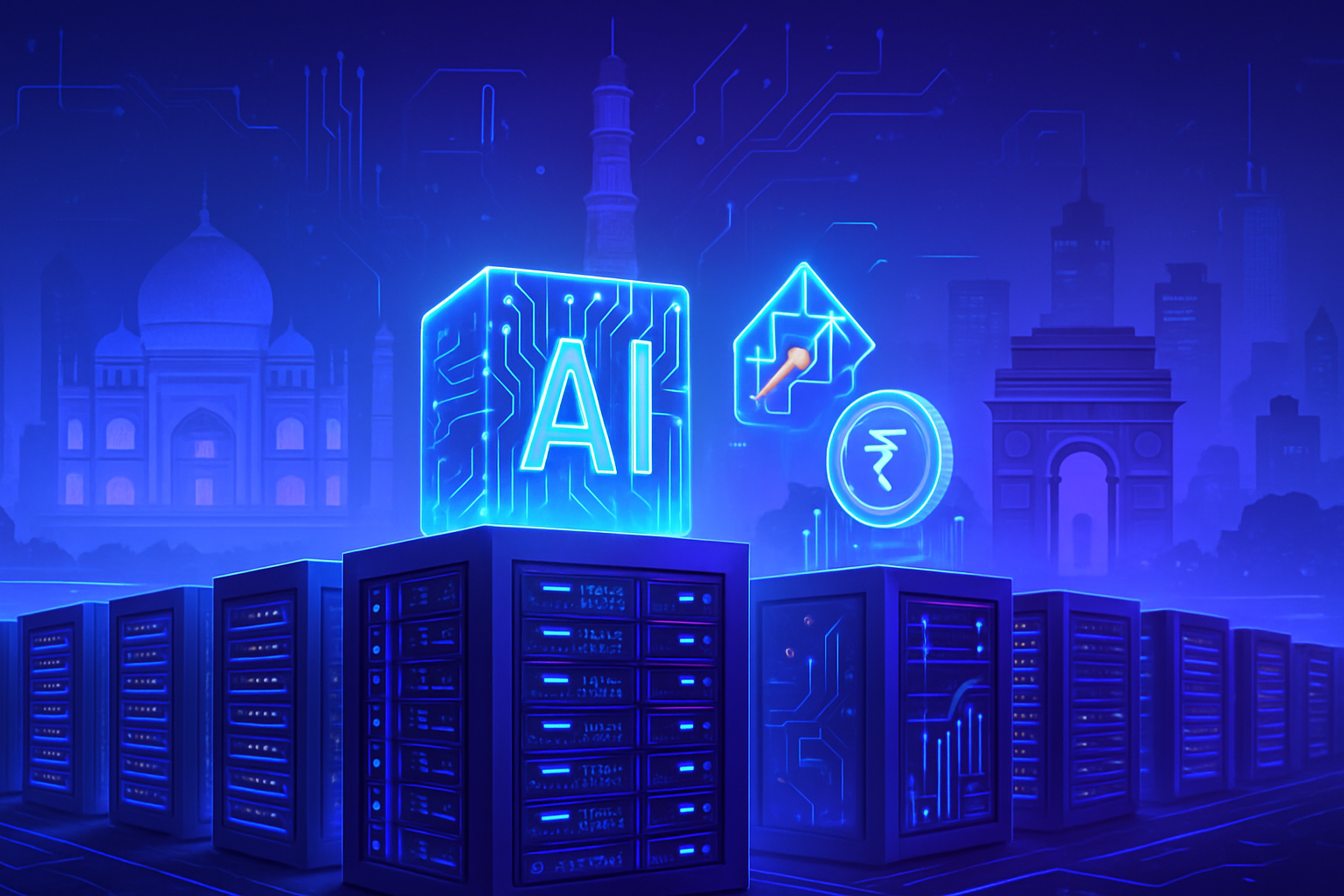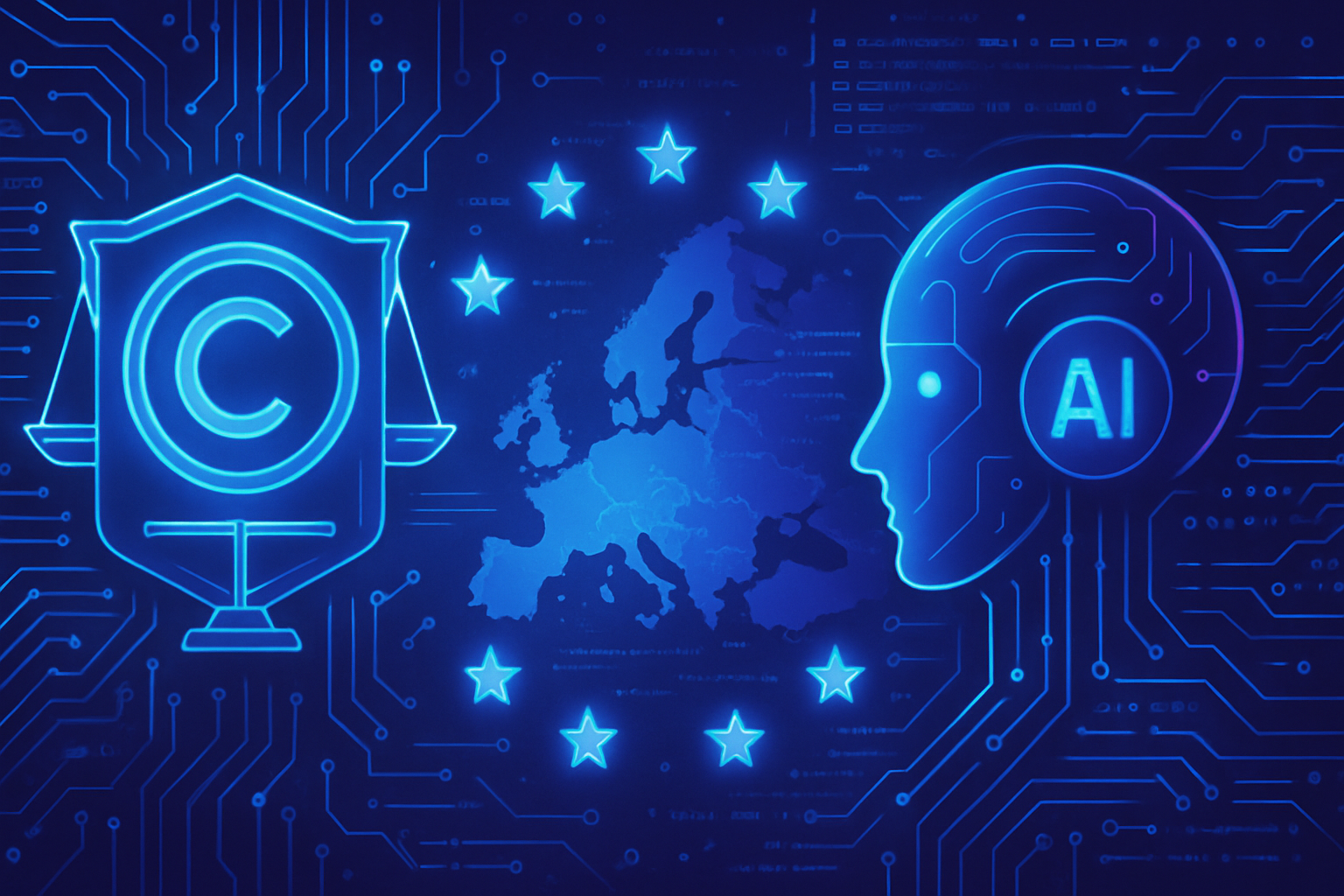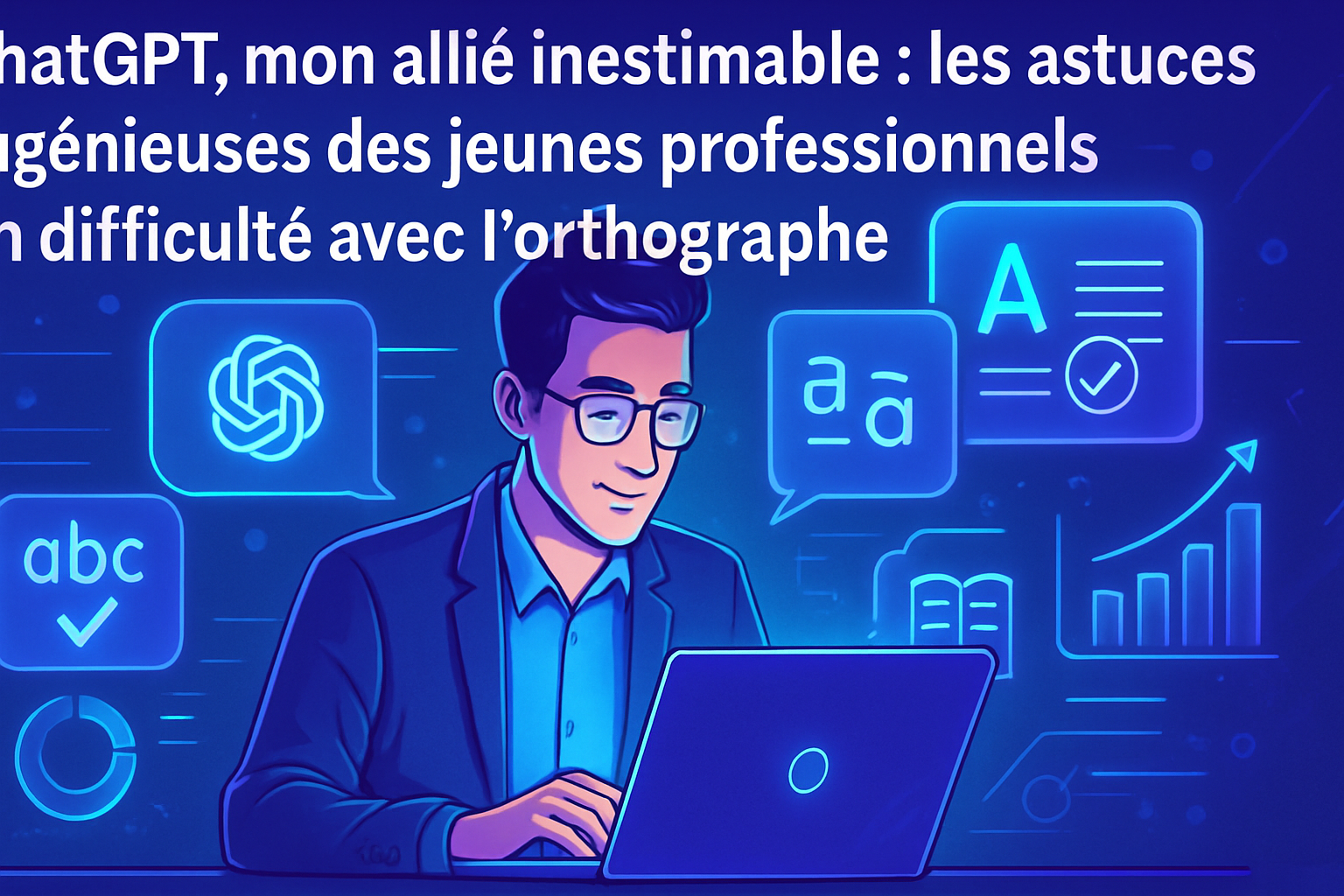OpenAI reaches a new milestone towards a revolutionary artificial intelligence with the launch of GPT-5. Sam Altman, inspired by the legendary launch events of Apple, presents the technical specifications of this model, capturing global attention. OpenAI’s ambition lies not merely in creating an algorithm but in transforming human interactions through innovative technologies. This advancement, characterized by unparalleled performance, raises major ethical and societal questions. The potential impact of GPT-5 could redefine the future of intelligent interfaces.
The launch of GPT-5 by OpenAI
OpenAI marked a significant turning point with the launch of its latest model, GPT-5, on August 7. This innovation aims to revolutionize the field of artificial intelligence, and its launch event was carefully orchestrated. Inspired by Apple’s iconic launch events, Sam Altman presented the technical specifications during a captivating hour, integrating live demonstrations.
Technical features of GPT-5
In this model, OpenAI has integrated notable advancements in natural language processing. GPT-5 stands out for its ability to understand and generate text in a more contextual and nuanced manner. The company emphasized improvements in *context* and *coherence*, allowing users to engage in smoother and more natural conversations.
Application in various sectors
The potential applications of GPT-5 extend across numerous sectors, from education to health. Companies will be able to automate complex tasks and improve decision-making using the advanced analytics provided by the model. Moreover, a recent study raises questions about AI’s ability to code and overcome challenges related to autonomous software engineering here.
The stakes of artificial intelligence
As artificial intelligence rises, significant ethical and economic stakes emerge. The competition to attract talent is intensifying, as evidenced by Google’s recent hiring of an expert in the field, illustrating that professionals prioritize higher salaries over entrepreneurship source.
Influence of key figures in AI
Iconic figures in artificial intelligence also impact this dynamic. Among the French personalities influential on LinkedIn, several act as catalysts for the development of AI technologies details here. Their influence helps shape the future of this vital sector.
The arms race in artificial intelligence
The artificial intelligence market is in a frenzy, with an arms race that could reach a trillion dollars. Companies are competing to develop ever more powerful models. This competition raises concerns among experts, particularly regarding the implications of these technologies for society in-depth analysis.
Technology and entertainment
OpenAI is not limited to economic and professional applications. Artificial intelligence is also behind innovations in the entertainment field. Recently, a viral video showing rabbits on trampolines, generated by AI, raised concerns about the implications of such creations see here. This phenomenon illustrates the creative potential, as well as the ethical challenges posed by these technologies.
FAQ on the latest advancements of OpenAI towards cutting-edge artificial intelligence
What are the main features of GPT-5 launched by OpenAI?
GPT-5 presents significant improvements in natural language understanding, contextual analysis, and interaction with users, making it more effective in various applications.
How does GPT-5 compare to previous models from OpenAI?
GPT-5 offers a faster response rate and increased accuracy compared to its predecessors, allowing for a better fit with specific needs such as research, SEO, and content creation.
What are the key application areas for GPT-5 in the industry?
Application areas include healthcare, customer service, finance, education, and artistic creation, where GPT-5 can provide personalized and innovative solutions.
How does OpenAI ensure the ethical use of GPT-5?
OpenAI implements rigorous safety protocols, responsible usage training, and collaborates with organizations to promote ethics in artificial intelligence.
What are the technological innovations integrated into GPT-5?
Innovations include improved learning algorithms, better bias management, and modularity that easily adapts the model to the specific needs of the user.
What are the potential challenges associated with using GPT-5?
Potential challenges include managing biased data, excessive reliance on automation, and concerns about information security.
How can businesses integrate GPT-5 into their existing systems?
Businesses can use API interfaces provided by OpenAI, allowing them to easily integrate GPT-5 into their applications and services without requiring major changes to their infrastructure.
Will GPT-5 transform traditional working methods?
Yes, by automating repetitive tasks and enhancing human creativity, GPT-5 could improve the efficiency of traditional work processes while opening new possibilities for innovation.
How does OpenAI collect feedback on GPT-5 for improvement?
OpenAI uses user feedback through surveys, user testing, and interaction analysis to continuously adjust and refine GPT-5.
Who can benefit from using GPT-5?
Anyone or any organization in various sectors, from application developers to researchers, can benefit from using GPT-5 to enhance efficiency, creativity, and service accessibility.






